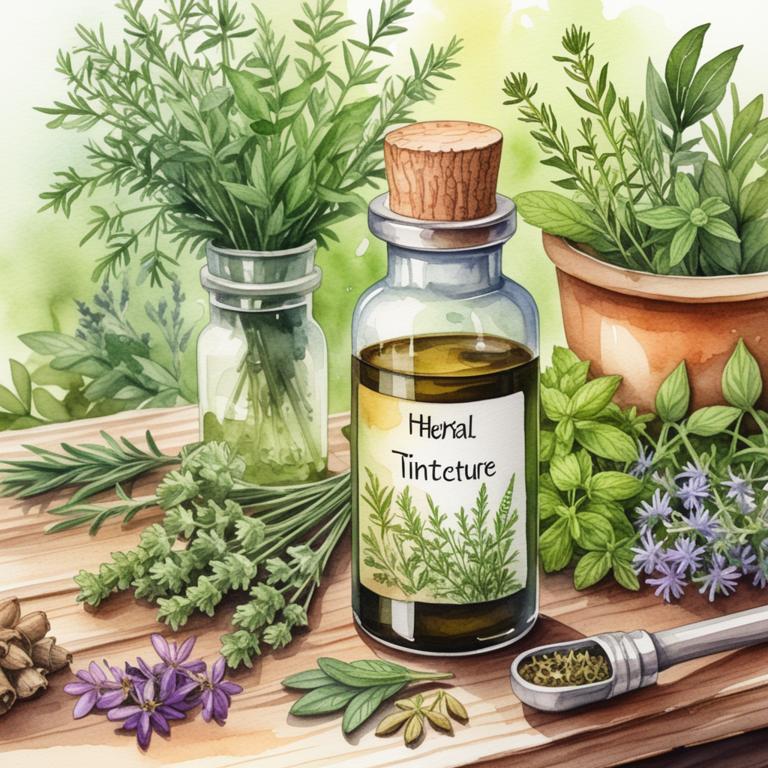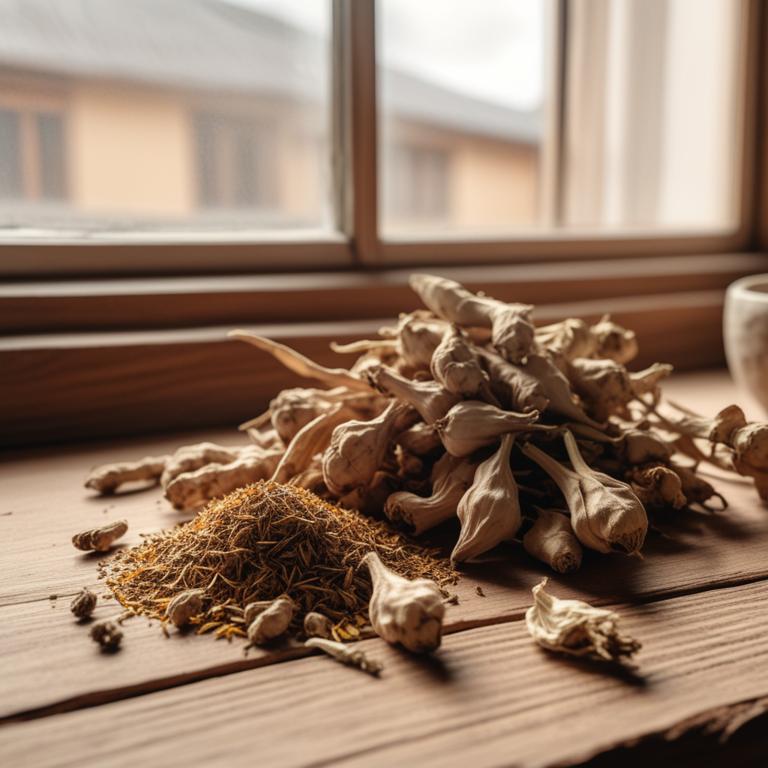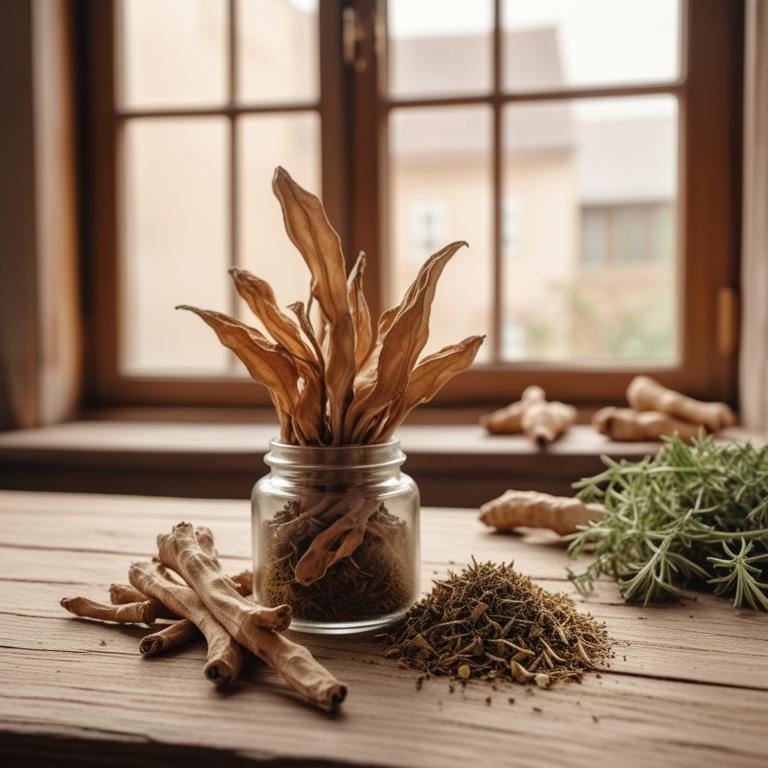Updated: Nov 30, 2024
7 Herbal Tinctures For Sinus Headache
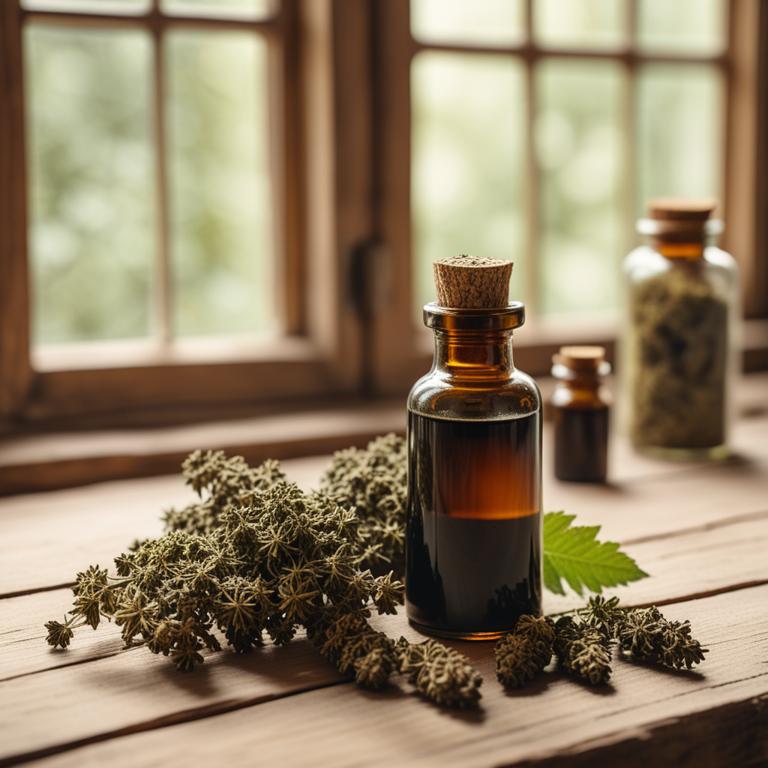
Herbal tinctures can be a great way to relieve sinus headaches.
These tinctures are made by infusing herbs in a solvent, like water or alcohol, which helps to extract their active compounds. One of the main reasons herbal teas can be so effective is that many herbs have natural decongestant properties, which help to clear out nasal passages and ease congestion. For example, Eucalyptus globulus is a popular herb for sinus relief because it contains a compound called eucalyptol, which helps to thin mucus and make it easier to expel. This can be especially helpful if you're experiencing sinus pressure or congestion. Another herb that's often used for sinus relief is Echinacea purpurea. This herb is thought to boost the immune system and help fight off infections that can contribute to sinus headaches.
By taking Echinacea purpurea as a tincture, you may be able to reduce the frequency and severity of your sinus headaches. Ginger, or Zingiber officinale, is another herb that's often used for sinus relief. Ginger has natural anti-inflammatory properties, which can help to reduce swelling in the nasal passages and ease sinus pressure. Using herbal tinctures can be a great way to add some natural relief to your life. By incorporating these herbs into your daily routine, you may be able to reduce your reliance on over-the-counter medications and find more natural ways to manage your sinus headaches. This can be especially beneficial if you're sensitive to certain medications or prefer to avoid them altogether.
Plus, herbal tinctures can be a great way to add some flavor and variety to your daily routine, whether you take them on their own or mix them with water or another beverage.
This article explains in detail what are the best herbal teas for sinus headache and wh.
Also, you may be interested in...
Today Free Bonus!
The Ultimate Herb Drying Checklist
(For Long-Lasting Powerful Medicinal Effect)
How to easily dry herbs that don't mold and that keep their strong medicinal power for more than 1 year.
Table of Contents
1. Eucalyptus globulus

Eucalyptus globulus tinctures contains a high concentration of essential oils, including eucalyptol, which is known for its decongestant and anti-inflammatory properties.
Eucalyptol helps to open airways and reduce swelling in the nasal passages, making it easier to breathe and relieving sinus pressure. The tincture also contains other bioactive constituents like alpha-pinene and beta-pinene, which have natural expectorant properties, helping to thin and clear mucus from the sinuses. The combination of these properties makes Eucalyptus globulus tinctures a popular natural remedy for sinus headaches and congestion.
When taken internally, the tincture's active ingredients can help to break down and clear excess mucus, providing fast relief from sinus pressure and discomfort.
- Gather 1 cup of fresh Eucalyptus globulus leaves and 2 cups of 80-proof vodka in a clean glass jar.
- Add the Eucalyptus leaves to the jar and pour in the vodka, making sure the leaves are completely covered.
- Seal the jar tightly and let it sit in a cool, dark place for 2-3 weeks, shaking the jar daily.
- After 2-3 weeks, strain the liquid through a cheesecloth or a coffee filter into another clean glass jar, discarding the leaves.
- Store the Eucalyptus globulus tincture in a cool, dark place and use 10-20 drops in water or tea as needed to help relieve sinus headaches.
2. Echinacea purpurea

Echinacea purpurea tinctures contains alkylamides, glycosides, and phenolic acids, which are key bioactive constituents that help alleviate sinus headaches.
Alkylamides have anti-inflammatory properties, which reduce swelling and congestion in the sinuses, relieving headache symptoms. Glycosides, particularly echinacoside, have immunomodulatory effects, supporting the body's natural defense mechanisms to fight off underlying infections that may cause sinus headaches. Phenolic acids, like chicoric acid, have antioxidant properties that help combat oxidative stress and inflammation in the nasal passages.
By addressing the underlying causes of sinus headaches, Echinacea purpurea tinctures can help alleviate symptoms and promote overall health.
- Gather 1 cup of dried Echinacea purpurea flowers and 2 cups of 80% vodka in a clean glass jar.
- Combine the dried flowers and vodka in the jar. Make sure the flowers are fully covered by the vodka.
- Close the jar and let it sit in a cool, dark place for 2-3 weeks, shaking the jar every day.
- After 2-3 weeks, strain the liquid through a cheesecloth or a coffee filter into another clean glass jar, discarding the solids.
- Store the tincture in a dark glass bottle and take 20-30 drops, 2-3 times a day, as needed to relieve sinus headaches.
3. Zingiber officinale

Zingiber officinale tinctures contains a compound called gingerol, which has anti-inflammatory properties that help reduce swelling in the sinuses.
The active constituents, including shogaol and zingerone, also have analgesic and antipyretic properties that ease pain and lower fever associated with sinus headaches. Zingiber officinale tinctures also contain a compound called 6-gingerol, which helps reduce inflammation and relax muscles in the face and neck, relieving sinus pressure. The tincture's warming and drying properties help loosen and clear mucus from the sinuses, reducing congestion and sinus pressure.
The combination of these properties makes Zingiber officinale tinctures a potential natural remedy for sinus headaches.
- Gather 1 cup of fresh Zingiber officinale (ginger) roots and 2 cups of 80% vodka.
- Chop the ginger roots into small pieces and place them in a clean glass jar.
- Pour the vodka over the ginger roots, making sure they are completely covered.
- Seal the jar and let it sit in a cool, dark place for 2-3 weeks, shaking the jar every day.
- Strain the liquid through a cheesecloth or a coffee filter into another clean glass bottle. Discard the ginger roots and store the tincture in a cool, dark place.
4. Ginkgo biloba

Ginkgo biloba tinctures contains flavonoids and terpenoids as its bioactive constituents.
These compounds have anti-inflammatory and antioxidant properties that help to reduce swelling and fight off free radicals in the body. The flavonoids, particularly quercetin and kaempferol, have a vasoconstrictive effect, which can help to reduce the amount of blood flowing to the sinuses and ease the pressure on them. The terpenoids, especially ginkgolides and bilobalide, have a bronchodilatory effect, which can help to open up the airways and make it easier to breathe.
By reducing inflammation and increasing blood flow to the sinuses, Ginkgo biloba tinctures may help to alleviate sinus headaches.
- Gather 1 cup of dried Ginkgo biloba leaves and 2 cups of 80% vodka in a clean glass jar.
- Add the dried Ginkgo biloba leaves to the jar and cover with vodka, leaving 1 inch of space at the top.
- Seal the jar and store it in a cool, dark place for 2-4 weeks, shaking the jar every day.
- After 2-4 weeks, strain the mixture through a cheesecloth or a coffee filter into another clean glass jar, discarding the solids.
- Store the Ginkgo biloba tincture in a dark glass bottle with a dropper lid, using 20-30 drops as needed to relieve sinus headache symptoms.
5. Thymus vulgaris
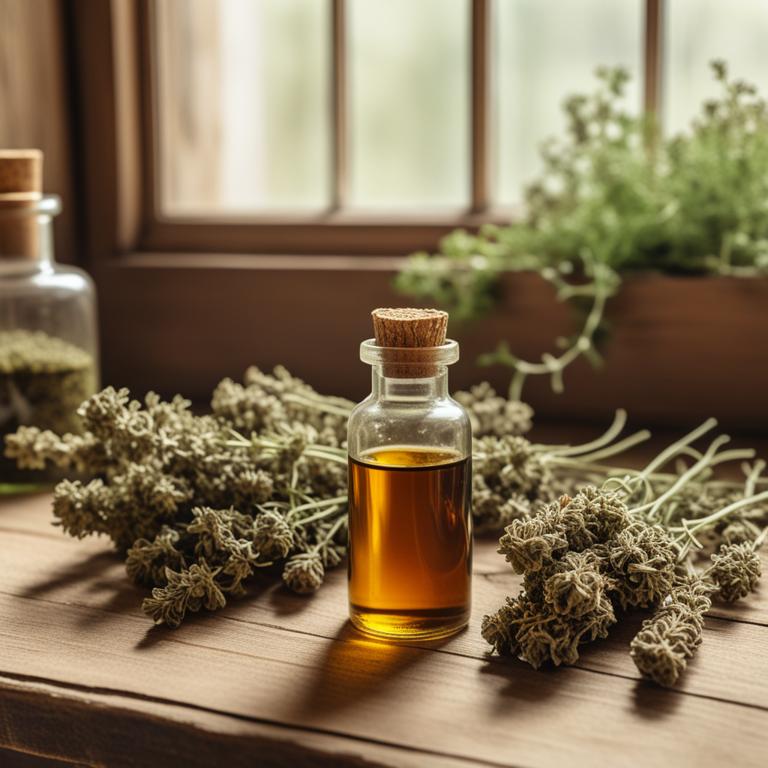
Thymus vulgaris tinctures contains thymol, carvacrol, and borneol as its primary bioactive constituents.
These compounds have antimicrobial properties that help combat infections in the sinuses, a common cause of headaches. Thymol and carvacrol have anti-inflammatory properties that reduce swelling and ease sinus pressure, while borneol acts as a decongestant to clear mucus and promote drainage. The antiseptic properties of thymol and carvacrol also help to prevent bacterial growth and promote healing in the nasal passages.
By addressing the underlying causes of sinus headaches, Thymus vulgaris tinctures can provide relief from this condition.
- Gather 1 cup of fresh Thymus vulgaris leaves, 2 cups of 80-proof vodka, and a clean glass jar with a lid.
- Combine the Thymus vulgaris leaves and vodka in the glass jar. Make sure the leaves are completely covered by the vodka.
- Close the jar and shake it well for 10 seconds. Store the jar in a cool, dark place and shake it well every day for 2 weeks.
- After 2 weeks, strain the liquid through a cheesecloth or a coffee filter into another clean glass jar. Discard the solids.
- Label the jar with the date and the contents. Store the Thymus vulgaris tincture in a cool, dark place. To use, take 20 drops in water 3 times a day as needed for sinus headache relief.
6. Rosmarinus officinalis
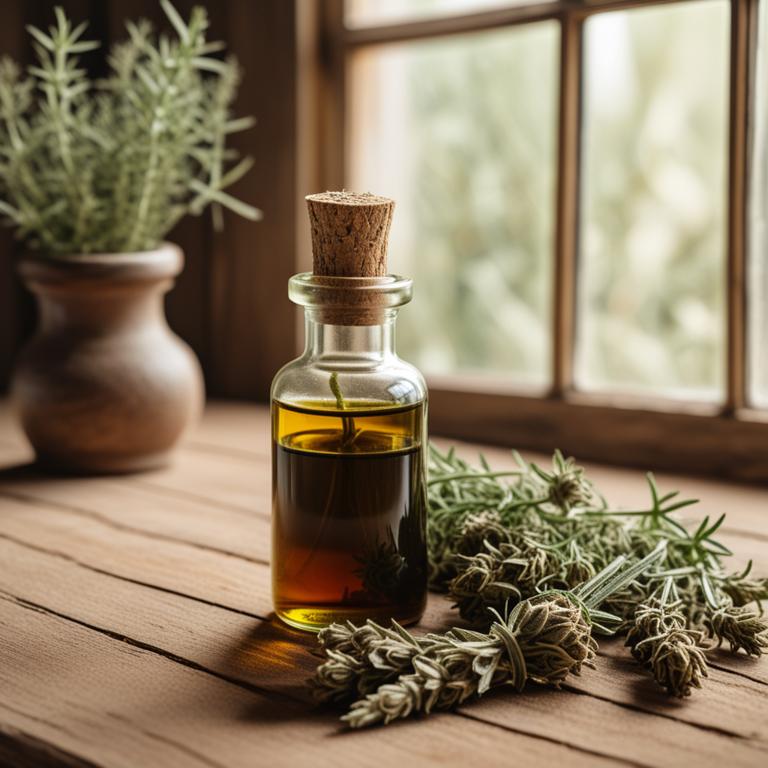
Rosmarinus officinalis tinctures contains a high concentration of essential oils, including camphor, borneol, and pinene.
These oils have anti-inflammatory and decongestant properties that help to reduce swelling in the nasal passages and sinuses. Camphor, in particular, is a natural expectorant that helps to loosen and clear mucus from the airways, making it easier to breathe. Borneol also has anti-inflammatory properties that help to reduce pain and discomfort in the sinuses.
By reducing inflammation and loosening mucus, Rosmarinus officinalis tinctures can provide relief from sinus headaches and congestion.
- Gather 1 cup of fresh or dried Rosmarinus officinalis (Rosemary) leaves.
- Combine the Rosemary leaves with 2 cups of 80-proof vodka in a clean glass jar. Stir well.
- Store the jar in a cool, dark place for 2-3 weeks. Shake the jar every day.
- Strain the liquid through a cheesecloth or a coffee filter into another clean glass jar. Discard the solids.
- Transfer the tincture to a dark glass bottle and store it in a cool, dark place. Take 10-20 drops, 2-3 times a day for sinus headache relief.
7. Sambucus nigra

Sambucus nigra tinctures contains the bioactive constituents like flavonoids and phenolic acids.
These compounds have anti-inflammatory and antioxidant properties that help reduce swelling and ease pain in the sinuses. The flavonoids, such as quercetin, are powerful antioxidants that neutralize free radicals and prevent damage to the cells lining the sinuses. The phenolic acids, including ferulic acid, have antihistamine properties that help block the release of histamine, a chemical that can trigger allergic reactions and sinus pressure.
By reducing inflammation and blocking histamine release, Sambucus nigra tinctures can help alleviate sinus headaches and promote relief from congestion and pressure.
- Gather 1 cup of fresh Sambucus nigra flowers and 2 cups of 80% vodka or 60% glycerin in a clean glass jar.
- Combine the flowers and liquid in the jar, making sure the flowers are completely covered.
- Store the jar in a cool, dark place for 2-3 weeks, shaking it every day to help the liquid extract the herbs' properties.
- After the infusion time, strain the liquid through a cheesecloth or a coffee filter into another clean glass jar, discarding the solids.
- Label the jar with the date and contents, and store it in a cool, dark place. Take 20-30 drops of the tincture in water 3 times a day as needed for sinus headache relief.
FAQ
Can drinking herbal tea prevent sinus headache from forming?
Drinking herbal tea may help ease sinus headache symptoms, but it might not completely prevent them.
Some herbal teas, like peppermint and eucalyptus, have natural decongestant properties that can loosen mucus and reduce congestion.
This can make sinus headaches feel less severe, but they might still occur.
Is it safe to consume herbal teas for sinus headache every day?
While herbal teas can be a good way to ease sinus headaches, having one every day might not be the best idea.
Some herbs, like eucalyptus and peppermint, can be too strong for daily consumption and may cause stomach issues or interact with medications.
It's best to limit your intake and try different teas to find what works for you.
How long does it take for herbal teas to show results in sinus headache?
Herbal teas can start to ease sinus headaches in as little as 30 minutes to an hour.
This is because they help to calm inflammation and open up airways, allowing for easier breathing.
Some people may notice relief within a few sips, while others may feel better after a full cup.
What time of day is best to drink herbal tea for sinus headache?
For a sinus headache, it's often best to drink herbal tea in the morning when you first wake up.
This can help loosen up congestion and get things moving.
Alternatively, having a cup in the afternoon when your sinuses tend to get stuffy again can also be beneficial in providing some relief.
Related Articles
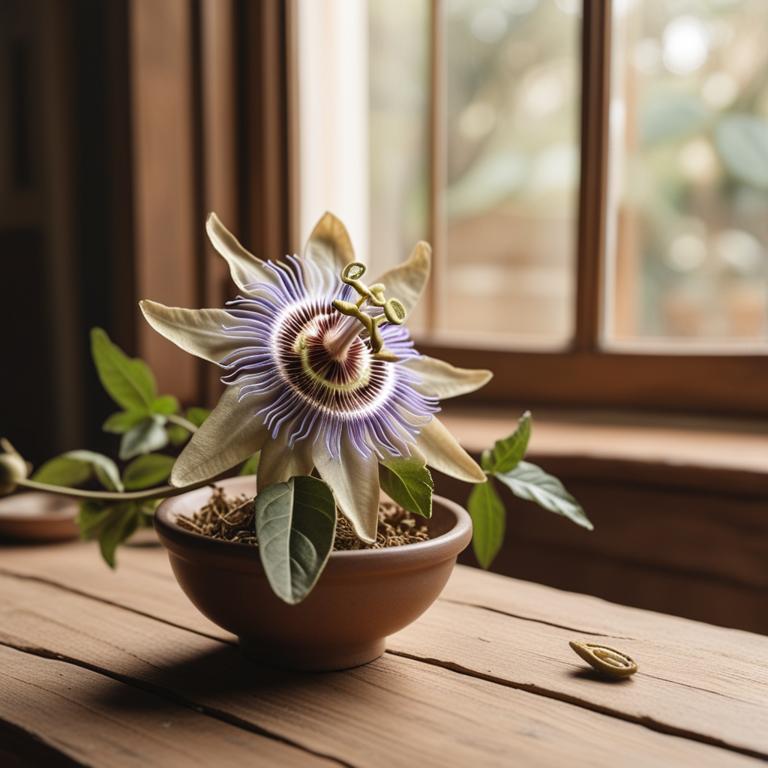
The Causes of Grief: Finding Relief with Medicinal Herbs
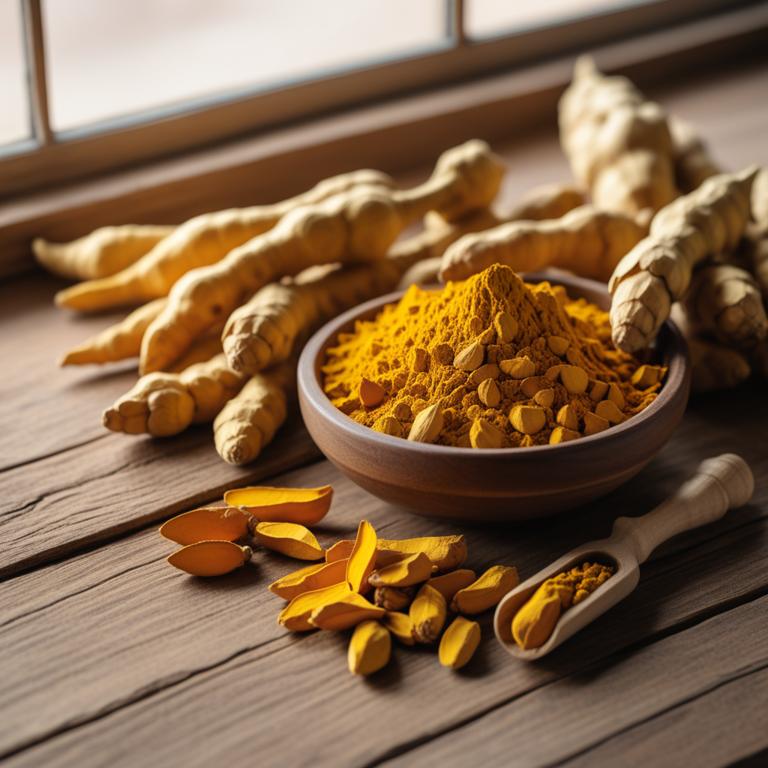
The Role of Medicinal Herbs and Herbal Preparations in Enhancing Postoperative Recovery
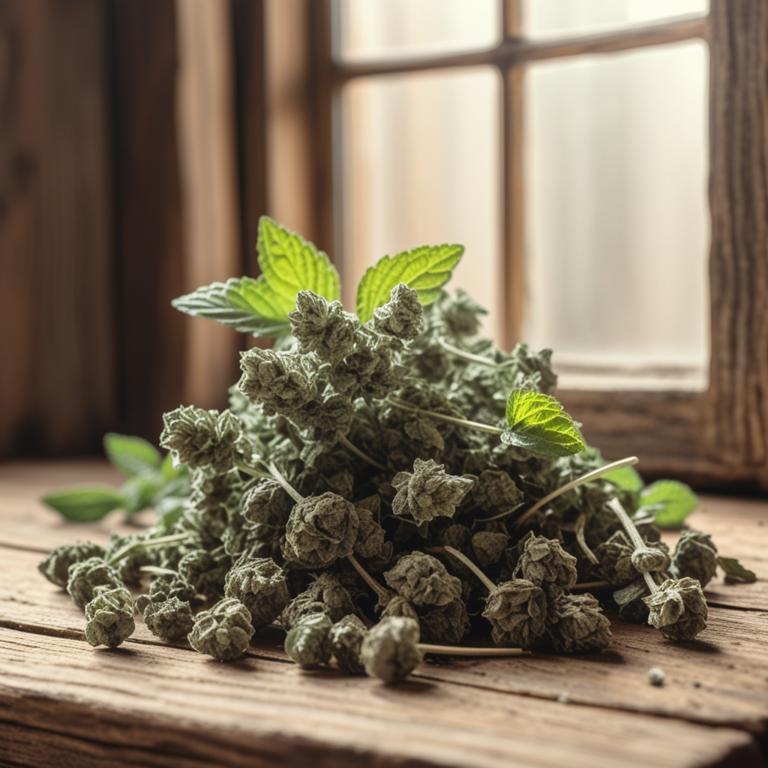
Understanding Taste Changes: Causes, Medicinal Herbs, and Herbal Preparations
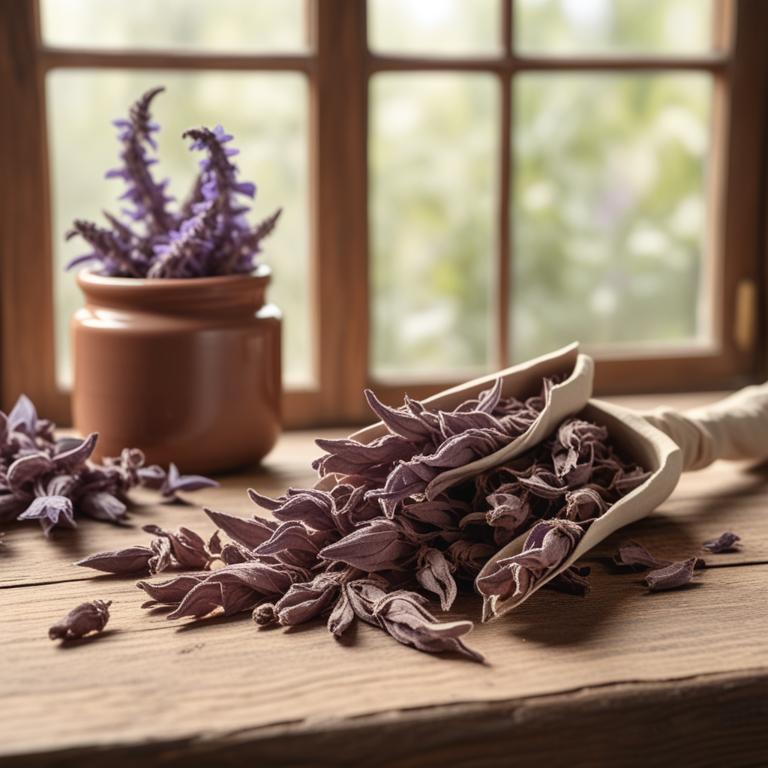
Alzheimer's Disease: Exploring Causes, Medicinal Herbs, and Herbal Remedies
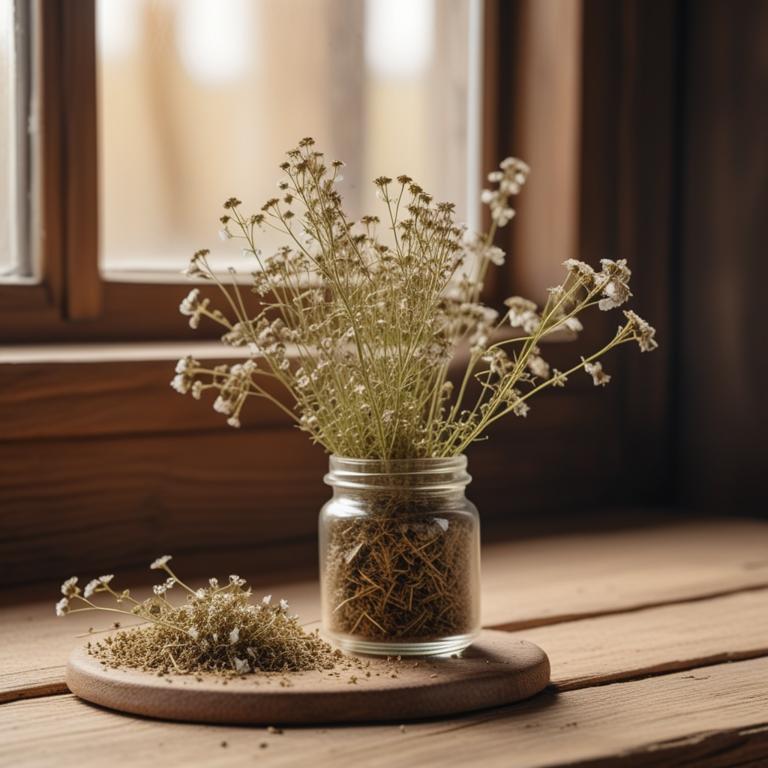
Sore Eyes Treatment with Medicinal Herbs and Herbal Preparations
